Buñuelos de Rodilla 1986 (Knee Buñuelos)
Museo Nacional de Culturas Populares (Mexico). Origen y significado de las tradiciones decembrinas. ([México]: Museo de Culturas Popolares, SEP, 1986.) [GT4987.16 .M87 1986]
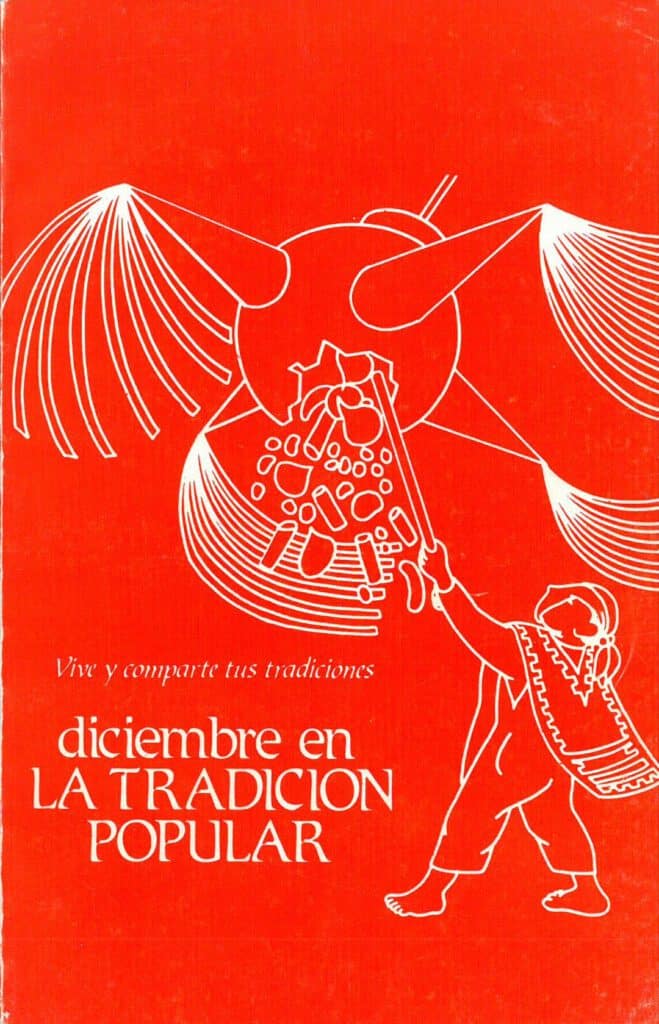
Buñuelos de Rodilla (53-54)
Cecilia Ponce de León
Primer lugar
Ingredientes
- 1 kg. de harina
- 125 g. de manteca de Puerco
- 125 g. de tomates verdes, para usar únicamente las cascaras
- ½ litro de agua
- 2 trozos de tequezquite grandes
- una pizca de sal
Modo de preparación
Colocar la harina en forma de fuente y hacerle un hueco al centro. Añadir el huevo ligeramente batido con 2 cucharaditas de agua y mezclarlo suavemente con el colado del tequezquite para formar una bola suave. Con un trapo húmedo, taparla y dejarla reposar alrededor de una hora. Entre tanto, calendar el aceite en un traste de 5 centímetros de fondo como mínimo para poder sumergir los buñuelos.
Golpear repetidamente la masa a que haga ojos y a sentir que se puede estirar bien hasta parecer papel. Hacer alrededor de 60 bolitas y cubrirlas con un trapo húmedo.
Voltear una olla de barro y extender sobre su base una servilleta de manta bien mojada y exprimida. Palotear ligeramente la bolita, ponerla sobre la olla y el trapo y estirar por las orillas hasta que queden muy delgadas. Freírlas y escurrirlas en papel de estraza. Servirlos con miel tibia.
Miel para buñuelos
- 2 litros de agua
- 1 kg. de piloncillo
- 1 raja de canela
- 1 cáscara de naranja
- 1 cucharadita de anís
- 4 guayabas
- 5 tejocotes
- 1 caña
Hervir el agua con el piloncillo poniendo en ella los demás ingredients picados en cuadritos, el anís y la canela. Espesar al gusto. Si se desea se le pueden agregar pasitas.
Knee Buñuelos (53-54)
Cecilia Ponce de León
First Place
Ingredients
1 kilogram flour
125 grams lard
125 grams tomatillos, use only the husks
½ liter of water
2 large pieces of Tequesquite
A pinch of salt
Note: tequesquite is a mineral salt that acts as a leavening – to prepare, dissolve in the ½ liter water, boil with the tomatillo husks, and strain the resulting liquid. Alternatively, you can simply substitute a little baking powder.
Method of Preparation
Place the flour in a bowl and make a well in the center. Add the egg lightly beaten with two tablespoons of water and mix gently with the tequesquite residue (of the baking powder) to form a smooth ball. Cover with a damp cloth and let rest for one hour. Meanwhile, fill a pot with oil at least 5 centimeters deep to submerge the buñuelos.
Punch down the dough (may also mean to knead?) until it looks like it can stretch as thin as paper. Make about 60 balls and cover them with a damp cloth.
Turn over a clay pot (or just use a bowl) and spread over it a towel that has been thoroughly wet and then squeezed out in the base of a clay pot. Lightly shape the balls on the wet cloth, putting them on the pot and then stretching the edges till thin. Fry and drain on paper towels. Serve with warm syrup.
Syrup for buñuelos
- 2 liters water
- 1 kg. piloncillo (Mexican brown sugar sold in cones)
- 1 cinnamon stick
- 1 orange peel
- 1 teaspoon anise
- 4 guavas
- 5 tejocotes
- 1 piece of sugar cane
Boil the water with the brown sugar and then add the other ingredients, chopped into cubes, as well as the anise and cinnamon. Simmer till thickened to taste. If desired, you can add raisins.
Note: Although tejocotes are rarely available fresh, you can probably find them bottled or canned.

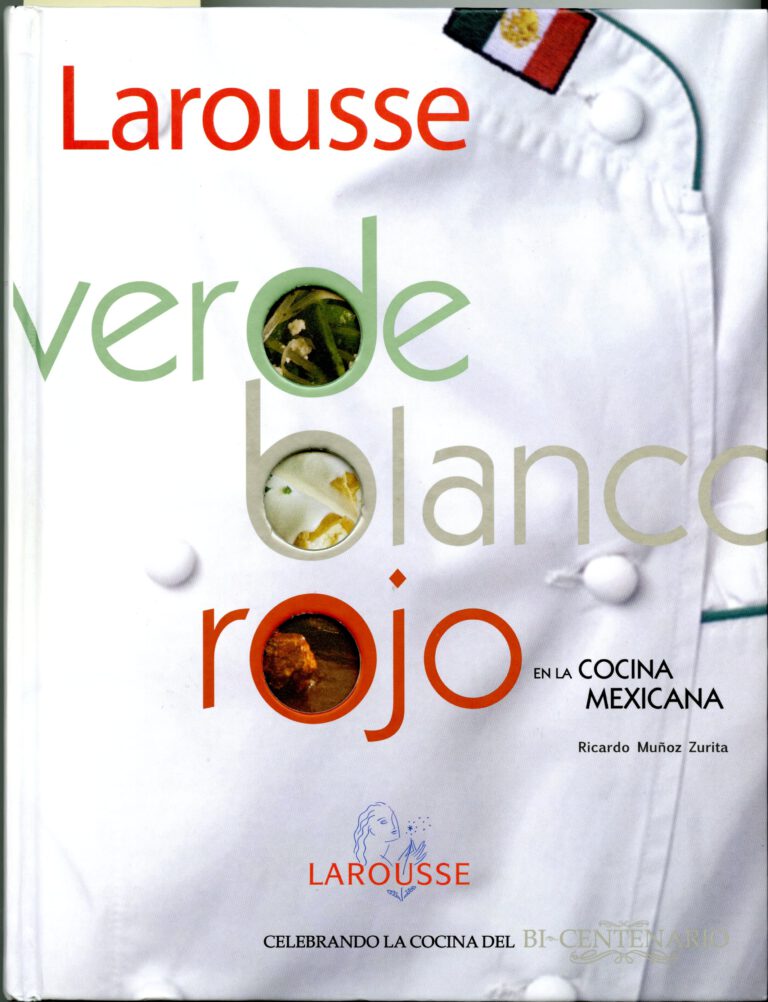
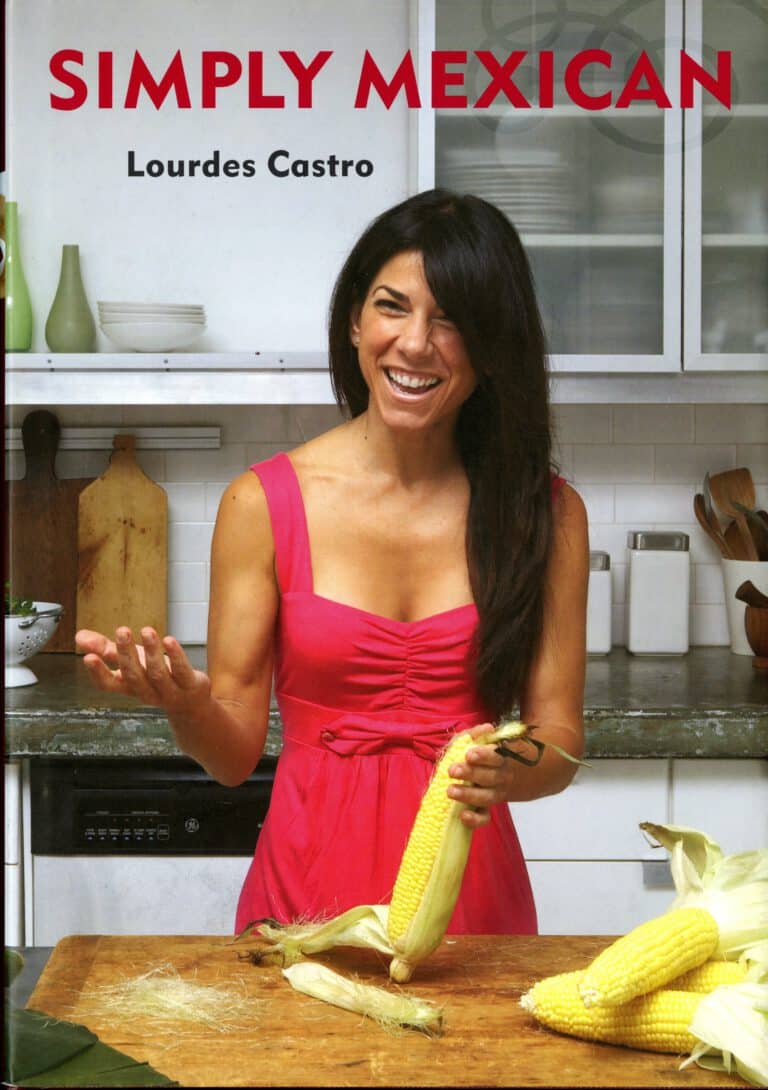
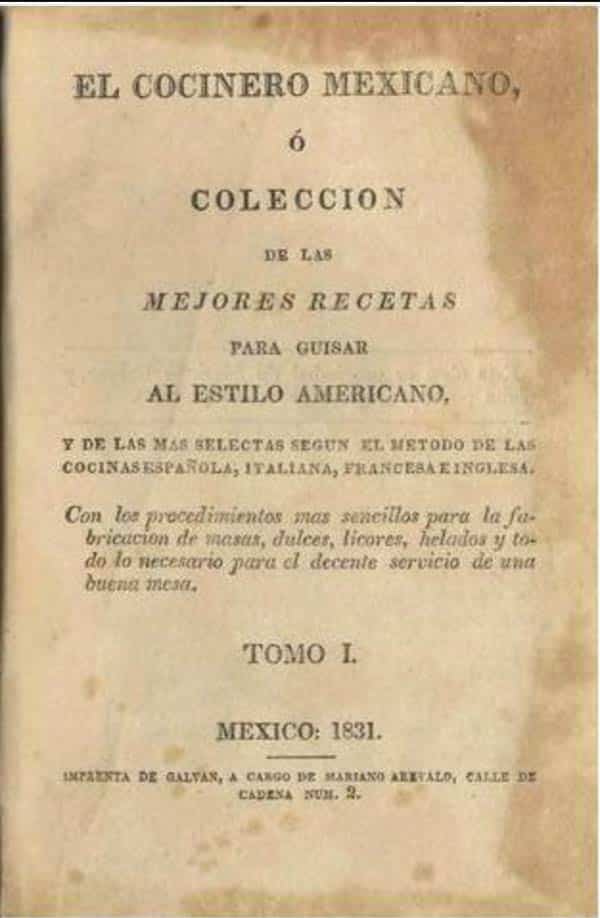
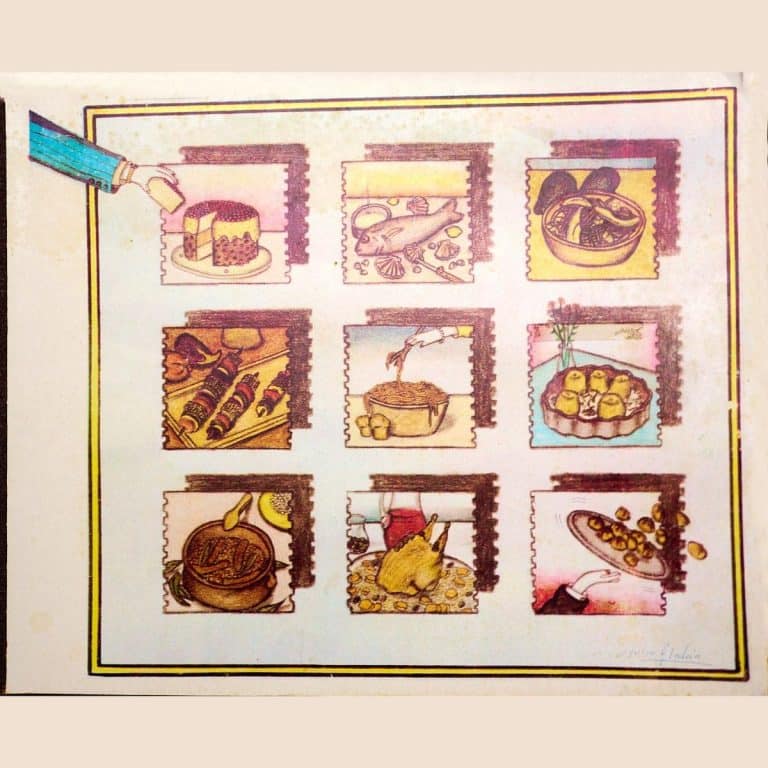
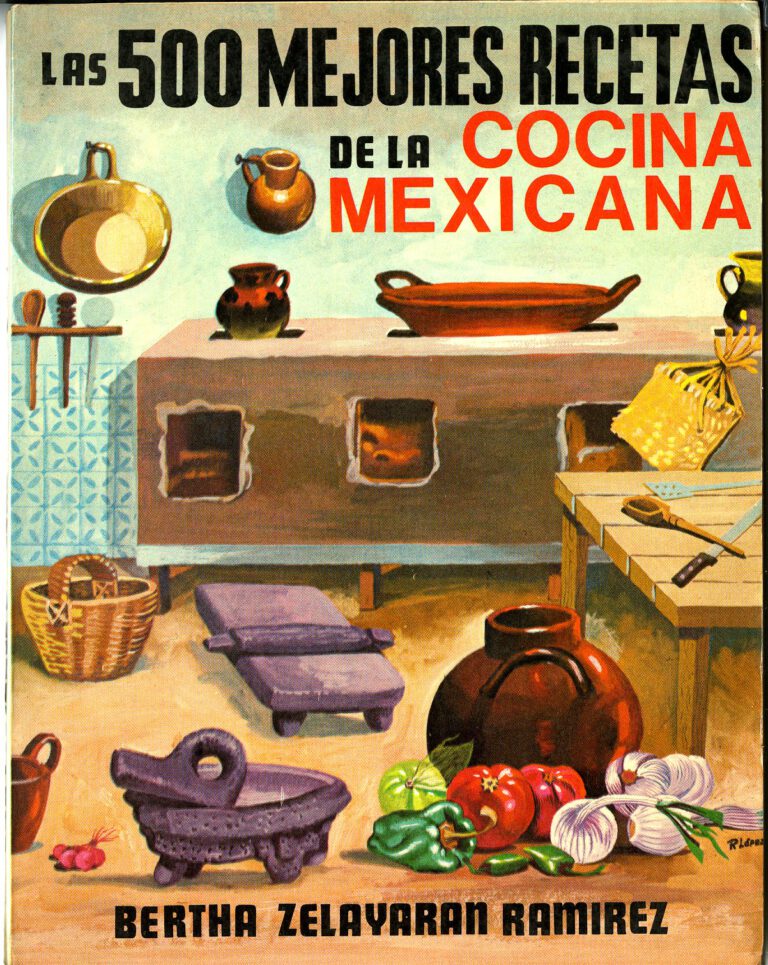
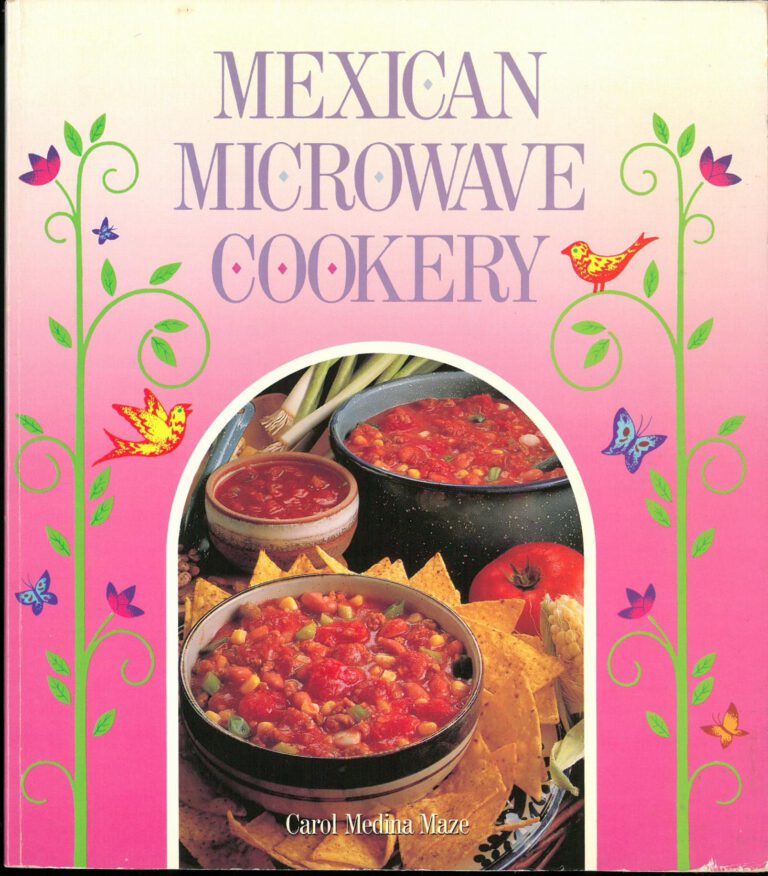
Very interesting about tequesquite, which I had not heard of.